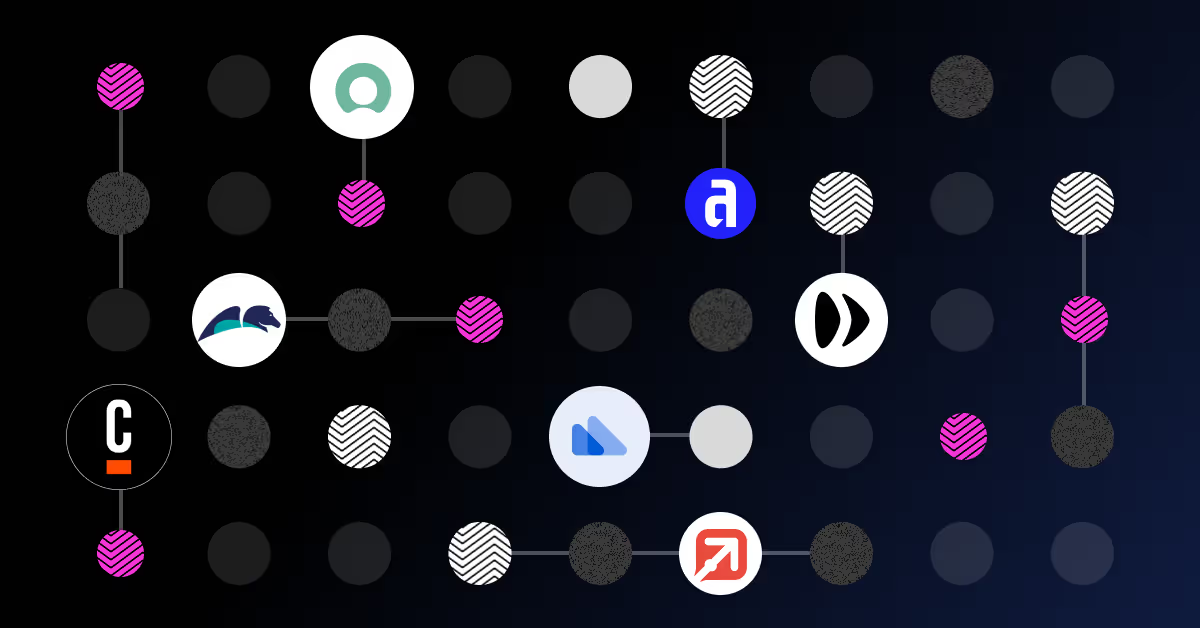What is citizen development?

The US is facing a deficit of over 500,000 software developers by 2024, Source: Forrester
The rise of citizen development has been exponential and is continuing to grow as organizations realize the transformative potential it can unlock within their current workforce and operations. In this article, we will unpack citizen development and why business leaders should be seriously considering how it can support the smooth running of operations.
What is citizen development?
Citizen development is the use of employees who are not part of tech teams, or fulfilling traditionally technical roles, to carry out development work - usually through low / no-code platforms. Citizen developers often contribute to the running of business operations and have a clear understanding of their work as well as a vision for a better way of doing it.
Currently, there often aren’t enough skilled developers to address the technological demands that businesses have. According to a recent report by Forrester, the United States alone will have a deficit of over 500,000 software developers by 2024. This is where citizen developers step in, delivering significant cost and customer experience benefits for organizations that embrace the concept, while avoiding the need to halt development while skill gaps are filled.
Additionally, employees are demanding tools that empower them to digitally transform their own work; quickly, effectively, and continuously. The ability to get involved in citizen development is a game-changer for employee engagement and attracting new talent – allowing untapped potential to be unlocked in both people and operations.
What are some of the tasks a citizen developer might do?
Day-to-day, citizen developers contribute towards the technical activity of an organization, driving automation and building tools to drive efficiency and create workflows. This can take the form of building web and mobile apps, as well as automations and improvements to their working environment, via low / no code development tools.
Citizen development also enables the continuous improvement of processes without the need for IT intervention, driving a dramatic increase in the pace of change. As well as reducing the cost and resources needed for development to happen. This provides the ability, empowerment, and time to use low / no code development platforms to find ways to automate the routine and mundane, allowing employees to focus on more value driven work.
Read more: Citizen Citizen Development Whitepaper 2023
Who can become a citizen developer?
An important part of the success of any citizen development program is in defining and agreeing roles and responsibilities and, crucially, how new citizen developers will work alongside traditional IT departments and development centers. Alongside responsibilities for managing issues as well as ongoing support mechanisms, not just anyone can become a citizen developer - at least not right away!
The use of low/ no code platforms and deployment of tech solutions outside of the traditional IT development cycles can require a greater degree of trust, as well as some awareness of the IT challenges an organization can face, making citizen developers an organizational investment in terms of training and who to look to within business operations teams to trial newly developed tech.
What are the benefits of citizen development to businesses?
Investment in citizen development can bring a number of benefits to a business or organization, particularly one struggling with costs, talent shortages and lead times involved in traditional technical development solutions;
- Accelerating digital transformation, as well as improving legacy customer journeys.
- Agility and customer centricity, allowing quick changes to processes and customer experience with minimal disruption. This also enables a business to scale at pace, utilizing personnel who are best placed to spot automation opportunities.
- Quicker prototyping, enabling quicker decisions on changes and maintaining the initiative vs. competitors.
- Employee engagement improvements by listening to, testing, and implementing new tech ideas from outside of traditional IT teams. This can also encourage innovation as well as job satisfaction.
- Re-invigorating IT and technical management, allowing the team to operate in a more strategic and efficient manner rather than being bogged down by multiple small requests from other teams.
Commenting on citizen development, our Vice President of Customer Success, Chris Pearce said,
"The concept of citizen development is becoming increasingly ‘business as usual’ and widespread across companies of all shapes, sizes and sectors. Implemented in the right way, it has the power to unlock innovation, drive employee engagement and be a core part of the digital transformation agenda."
About Enate
Enate's no-code platform enables businesses to view, manage and track your operations in one place. Build end-to-end processes, automate repetitive tasks and view, run and manage all your operations in one place. Discover how Enate enables businesses to thrive using citizen development.




